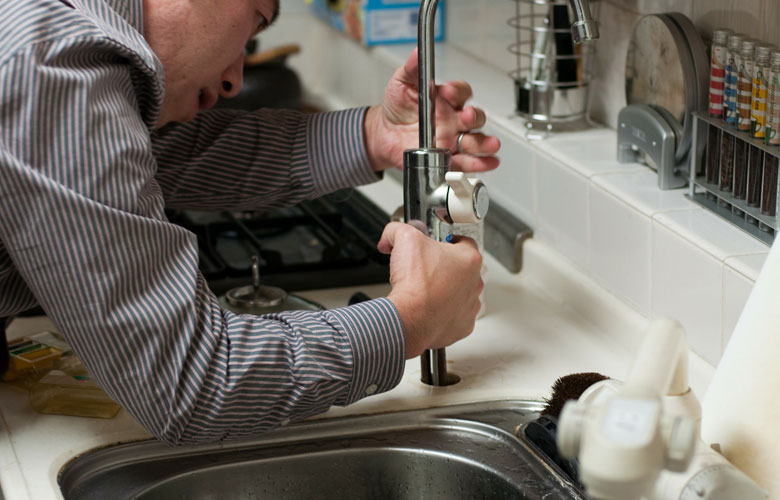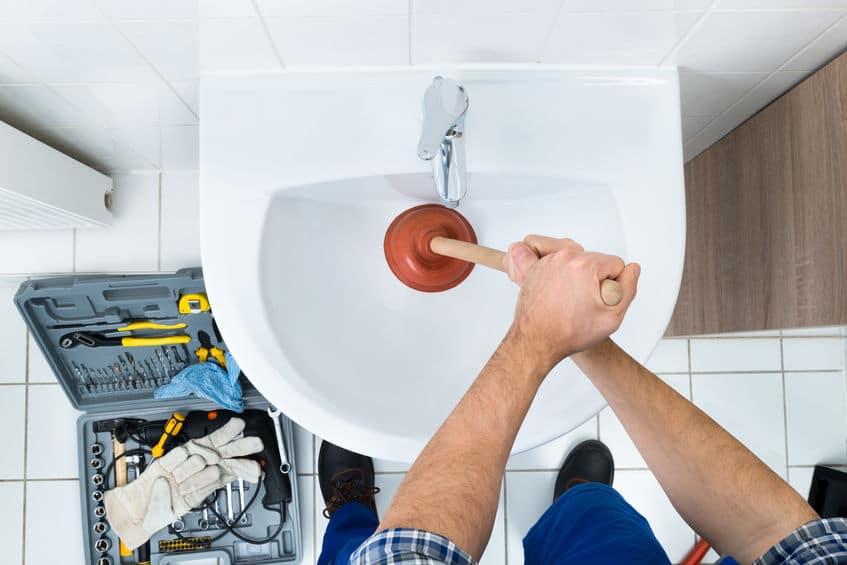Just about every person will have their own conception about How to handle a clogged drain in your home.

Introduction
Handling a blocked drain can be an aggravating experience, interrupting everyday tasks and potentially creating damage to your home. However, prior to connecting to plumbing experts, there are actions you can require to attend to the issue yourself. In this overview, we'll explore DIY solutions and safety nets to take on an obstructed drain efficiently.
Determining the Concern
The first step in resolving a blocked drain is acknowledging the indications. Slow-moving water drainage, gurgling noises, foul odors rising from drains, or water backing up prevail indicators of an obstructed drain. Identifying these indications early can aid avoid even more issues.
Common Causes of Blocked Drains
Recognizing the elements that contribute to drain clogs is crucial for effective resolution. Usual offenders include hair, soap scum, grease, food particles, and foreign items like sanitary items or paper towels. Tree roots attacking underground pipelines can additionally create considerable clogs.
Do it yourself Solutions
For minor clogs, a number of DIY remedies can be reliable. Pouring boiling water down the drain can aid dissolve grease and particles. Sodium bicarbonate and vinegar or a mix of salt and cooking soda can act as all-natural cleansers. Using a plunger or pipes snake to remove obstructions is an additional option.
Tools and Devices
Having the right devices available can make do it yourself drainpipe cleaning a lot more efficient. A bettor is a versatile tool for clearing obstructions in sinks, bathrooms, and showers. A plumbing snake or auger can get to much deeper obstructions, while drain cleansing chemicals can be utilized cautiously for persistent obstructions.
Preventive Measures
To avoid future clogs, adopting preventive measures is essential. Mount drainpipe guards or filters to catch hair and debris prior to they go into the pipelines. Routinely flush drains pipes with hot water to liquify oil buildup, and stay clear of getting rid of oil or solid waste down the tubes.
When to Call a Specialist
While DIY remedies can fix small clogs, particular signs indicate the need for expert aid. Relentless blockages, foul odors despite cleaning initiatives, or numerous drains supporting all at once are red flags that necessitate experienced intervention.
Choosing the Right Pipes Service
When picking a plumbing service, think about factors such as experience, licensing, and consumer evaluations. Choose a reliable plumbing with a performance history of top quality handiwork and clear prices practices.
Price Factors to consider
The cost of expert drain cleaning company can differ relying on the severity of the blockage and the plumbing technician's prices. Request quotes from numerous carriers and ask about any type of service charges to ensure openness and prevent surprises.
Safety and security Measures
When attempting DIY drain cleaning, focus on security. Put on protective handwear covers and eyewear to prevent contact with unsafe chemicals or germs. Never ever blend various drainpipe cleansing items, as this can generate hazardous fumes.
Situation Studies
Real-life examples illustrate the efficiency of do it yourself solutions and the significance of prompt specialist treatment in dealing with drain blockages.
Final thought
By adhering to the ideas detailed in this overview, you can efficiently take on obstructed drains and protect against future pipes concerns. Whether choosing do it yourself options or seeking professional help, punctual activity is crucial to keeping a healthy pipes system and protecting the honesty of your home.
WHAT I LEARNED FROM TRYING TO DEAL WITH A CLOGGED DRAIN
We have had our share of seepages and other annoying things that are part of living, especially in an apartment complex. And if there’s one thing that’s terrifying for a homeowner—or even someone in a rented home—it is a clogged drain, indoors or outdoors.
We enjoy our living space, but it’s simply a fact of life that dead skin, soap and a host of other items go down the drain; eventually, the residue builds up and prevents anything from moving. Ugh.
Not Calling A Professional
Of course, it might seem simple to just whip the pipe off under the sink and see if you can unblock it. Unfortunately, what if the blockage isn’t there, or you don’t reconnect it properly? Worse, you might break a piece and have no drainage system. Can you imagine that scene? Yuck!
Not Watching Your Waste
This will sound d’uh, but the best tip I can give you for drain cleaning is to avoid clogging the drain in the first place! You can do this by monitoring what goes down the drain and catching the items which are most likely to give you a problem. Invariably hair, vegetable peels, and large wads of toilet paper are the most obvious culprits. Add a filter—these are available in hardware stores and can be removed and cleaned easily.
Poking The Drain
The first urge with a clogged drain is to poke at it with a stick or anything that resembles a stick. Sadly, this does not result in magically solving the issue. The mental image is, naturally, one of the stick just pushing through the offending item and all is well again. Reality is quite different and unpleasant and likely to lead to further problems.
The thing is, every drain has a series of bends that are not visible to us. Drains are built this way to prevent gases from entering the house. What happens when you poke a stick into the drain? Of course, it can’t bend around the corner. The more adventurous people will use force and end up wedging the stick or causing it to break off in the pipe—creating an even bigger issue. Worst thing? The stick will shift the block further down the pipe, creating the space for more to collect. Go ahead! Roll your eyes!
Using The Wrong Plunger
You know what they say: the right tool for the right job! Did you know there are different types of plungers besides the basic one we keep at home for an emergency? Yes, there are. For example, the toilet plunger has a bell-shaped bottom while the sink plunger is flat. This is an important difference and using the wrong plunger will be useless. There’s also a knack in using plungers—they must be placed in such a way that they create an airtight seal and then, moved slowly up and down—not as fast as we imagine.
https://vidyasury.com/2018/01/learned-trying-deal-clogged-drain.html

Hopefully you enjoyed reading our piece on What I learned from trying to deal with a clogged drain. Thanks a ton for taking time to read through our piece of content. Make sure you set aside a second to promote this blog posting if you enjoyed it. Kudos for being here. Don't hesitate to come visit our site back soon.
Schedule Here